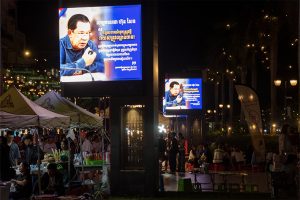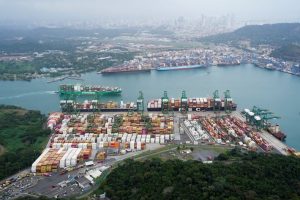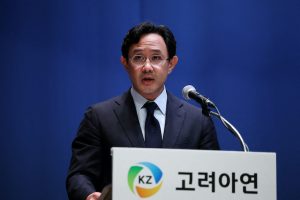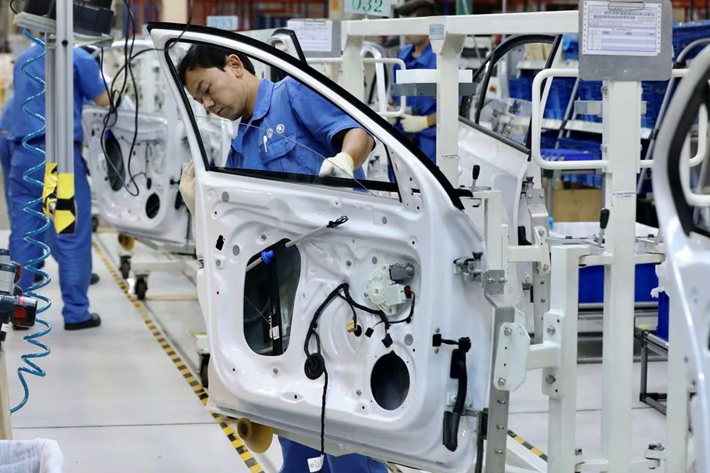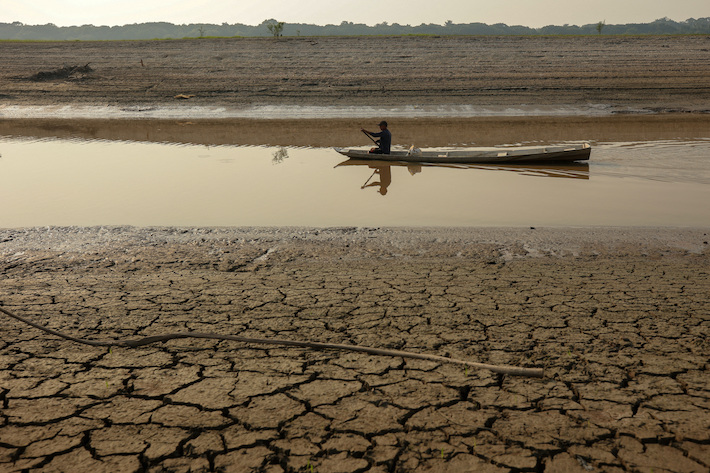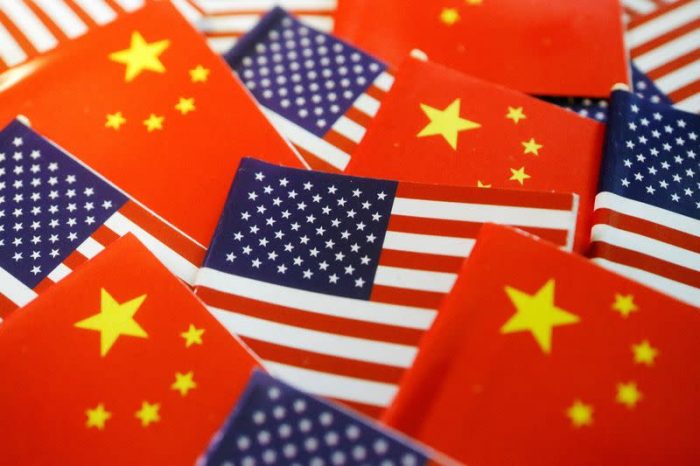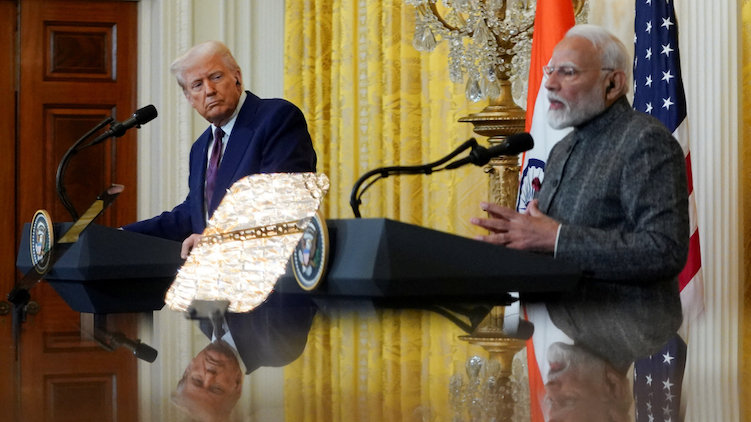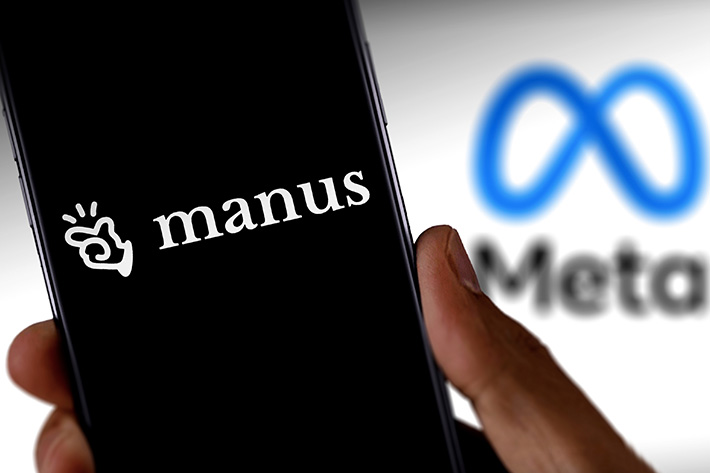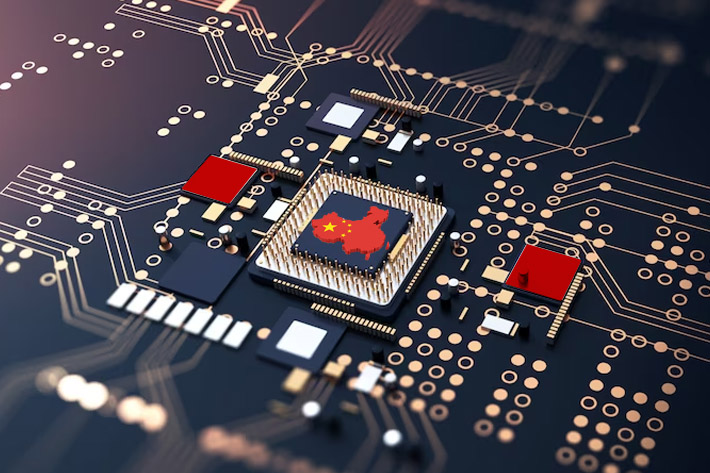With the world falling ill, a global recession on the horizon and supply chains either disrupted or collapsing, the Covid-19 pandemic will inevitably reconfigure the international order.
In Southeast Asia, where infection rates have soared since mid-March and with many regional economies now bracing for their lowest growth since the 1997-98 Asian financial crisis, there are early signs are that the post-virus order will favor China over the United States.
As the Covid-19 pandemic spreads across a panicked US, with signs it will soon become the disease’s epicenter, China has claimed to contain its outbreak and is now prioritizing bringing its economy back to life.
As such, Beijing will soon become the only stable ally Southeast Asia can turn to in an hour of viral need.
While the US queues up a $2 trillion Covid-19 relief program, many in the region expect the US to retreat even further into the “America First” isolationism championed by trade war-promoting President Donald Trump when its outbreak is finally contained.
Indeed, Peter Navarro, a White House trade adviser and leading China hawk, is pushing for a new “Buy America” executive order that aims to reduce US reliance on China-made pharmaceuticals and medical supplies at the height of its coronavirus crisis.
China, on the other hand, has quickly pivoted outward from its own Covid-19 crisis to launch what some analysts are referring to as “face mask diplomacy” by offering medical supplies to affected Southeast Asian countries, including the Philippines and Thailand.
-
![]()
Shoppers stand apart in social distancing measures amid concerns over the Covid-19 epidemic while queueing outside a supermarket in Manila, March 17, 2020. Photo: AFP / Maria Tan
“You know President Xi Jinping, for all of his goodness to us, wrote me a letter and said that he is willing to help. All we have to do is to ask,” Duterte announced during a televised address on March 12.
“Maybe there will be time if things deteriorate that I have to call on China to help. [Xi] said that they have managed the crisis very well in his country and he is very much willing to help if needed,” Duterte said in a mixture of Filipino and English.
The region will need all the help it can get as banks and research outfits drastically cut their growth projections for the region.
On March 20, Goldman Sachs revised down its ASEAN 2020 growth forecast by 160 basis points (1.6%), driving down a previous 190 basis point (1.9%) cut based mostly on an earlier expected negative impact on tourism.
The new downward revision wraps in Covid-19’s wider impact on regional domestic demand after a three-fold jump in regional cases in the week prior and economically debilitating lockdowns implemented in response in the Philippines, Malaysia and Thailand.
The report predicted anywhere between a 40%-80% pullback in recreational, cultural, transport, restaurant and travel services for the year, to be offset only slightly by higher spending on health care and food as households stockpile goods to wait out quarantines.
Thailand, currently with the second most number of cases in the region and vitally dependent on tourism at 20% of GDP, is expected to be especially hard hit, with Goldman slashing down its start of year 2.8% growth forecast to -2.2%. Singapore has been revised down from 1.7% to -1.8% in the same report.
-
![]()
Mask-clad Buddhist monks at Bangkok’s Maha That Yuwarat Rangsarit temple amid the Covid-19 epidemic. Photo: AFP Forum via Bangkok Post/Arnun Chonmahatrakool
Economic desperation will arguably give China new impetus to expand its influence in the neighboring region, including through President Xi Jinping’s now stalled US$1 trillion Belt and Road Initiative (BRI) infrastructure-building connectivity scheme.
Beijing’s investments will likely be more welcome than previously as the region’s government’s seek ways to revive their economies from the virus, some analysts suggest.
The diplomatic winds were already blowing in China’s favor even before Covid-19. In the lead-up to the pandemic, US-Southeast Asian relations were arguably at their lowest point since Trump assumed the presidency in early 2017.
In November last year, none of his administration’s three senior-most officials – Trump, Vice President Mike Pence and Secretary of State Mike Pompeo – attended the annual Association of Southeast Asian Nations (ASEAN) summit in Bangkok.
Many regional leaders viewed their absences as a high-level snub and refused to attend the adjoining US-ASEAN summit held a few days later presided over by US Commerce Secretary Wilbur Ross.
Trump pledged instead he would host a special US-ASEAN summit in Las Vegas in March – similar to the successful engagement his predecessor Barack Obama held in Sunnylands, California in 2016 – but the meeting was cancelled ostensibly because of the coronavirus outbreak.
Reports suggested that the White House had sought to cancel the special summit because it was concerned so few Southeast Asian leaders would attend, including from Malaysia and Indonesia, thus the coronavirus served as a sort of face-saving excuse for all sides.
-
![US President Donald Trump (L) talks with Philippine President Rodrigo Duterte during their bilateral meetin on the side line of the 31st Association of South East Asian Nations (ASEAN) Summit in Manila on November 13, 2017. - World leaders are in the Philippines' capital for two days of summits. (Photo by JIM WATSON / AFP)]()
US President Donald Trump (L) talks with Philippine President Rodrigo Duterte during a bilateral meeting at the ASEAN Summit in Manila on November 13, 2017. Photo: AFP/Jim Watson
Washington’s fading influence in the region was clear to see in February when the Philippines, one of America’s two treaty allies in Southeast Asia, announced that it would cancel a military pact with the US which allows American troops, equipment and vessels to move freely in and around the country.
Under the Obama administration, a “pivot” to Asia policy aimed to restore fraying American alliances in the strategic region as successive administrations focused on combating Middle East-bourne terrorism risks rather than counterbalancing China’s rising influence in the world’s most dynamic economic region.
Obama’s “pivot” enhanced cooperation with militaries in Vietnam, the Philippines and Indonesia, all notably rival claimants vis-à-vis China in the strategically important and resource-rich South China Sea.
When Trump took office in January 2017, the “pivot” pivoted in a concentrated effort to undo much of the Obama administration’s diplomacy in the region, including an early move to withdraw the US from the Trans-Pacific Partnership (TPP) multilateral trade pact that specifically excluded China.
Instead, the US put an emphasis on security alliances to the detriment of pushing progress on rights and diplomacy in exchange for economic and trade incentives.
Relations with Thailand, which cooled under the Obama due to the democracy-suspending 2014 military coup, were reset and focused on restoring military ties in the early months of Trump’s presidency.
His government has also emphasized enhancing strategic and military ties with authoritarian-run Vietnam, which was notably given the diplomatic honor of hosting what at the time was billed as Trump’s historic summit with North Korean leader Kim Jong Un.
Many analysts thus saw the superpower rivalry between the US and China under Obama intensify into a “New Cold War” under Trump, as ASEAN nations felt increasing pressure to choose between the two.
-
![Singaporean Prime Minister Lee Hsien Loong met with Chinese President Xi Jinping and other senior Chinese leaders during a three-day official visit to Beijing that began Sept. 19. The visit is seen as a bid by China to improve relations with the island city-state.
Photo: AFP/ Lintao Zhang]()
Singaporean Prime Minister Lee Hsien Loong and Chinese President Xi Jinping in Beijing in a file photo. Photo: AFP/ Lintao Zhang
For years, Southeast Asian governments have attempted to hedge between the US and China by playing one superpower off against the other in order to win as much investment, trade and international attention as possible from both.
The Covid-19 pandemic will make that a harder balance to strike, particularly as the US and China blame one another for starting the pandemic, with Beijing’s foreign ministry claiming implausibly that the virus was planted by the US military in China.
The outbreak, which began in China’s Hubei province in December, at least initially severely impacted Beijing’s business and diplomatic relations with ASEAN states.
Collapsing Chinese traveller numbers have pushed regional tourism sectors to a breaking point, forcing governments to step in with expensive and arguably unsustainable stimulus packages.
China’s lockdown of several provinces since January has brought many supply chains to a standstill, a problem for the connected region as most Southeast Asian states rely on China as their main source of parts, materials and other manufacturing imports.
But these are temporary problems and, as reports suggest China’s economy is now kicking back into life, they will likely be quickly resolved after the region emerges from its own Covid-19 lockdowns.
Beijing has also indicated it will aim to quickly boost the number of Chinese visiting the region, with lightly infected Chinese provinces being given priority, a sure way to restore ties with Southeast Asian governments provided visitors’ have clean bills of health.
-
![]()
Chinese tourists arrive at the fast boat pier in Serangan island in Denpasar, Bali, Indonesia, January 26, 2020. Photo: AFP/Sonny Tumbelaka
With many Southeast Asian governments focused on economic survival during the virus crisis, they will inevitably lose leverage over which Chinese investment deals they can accept and refuse.
Singapore’s Minister for Trade and Industry Chan Chun Sing said last month, before Covid-19’s surge in the region, that the city-state will “make sure that we’re never held to ransom by a single source or a single market”, referring at the time to China’s virus-induced shutdown.
But while that may have been a possibility for wealthy Singapore at a time the US and West were presumably unaffected by the virus, it was never the case for less developed Southeast Asian states that rely on outside aid, investment and demand for their economic livelihoods.













